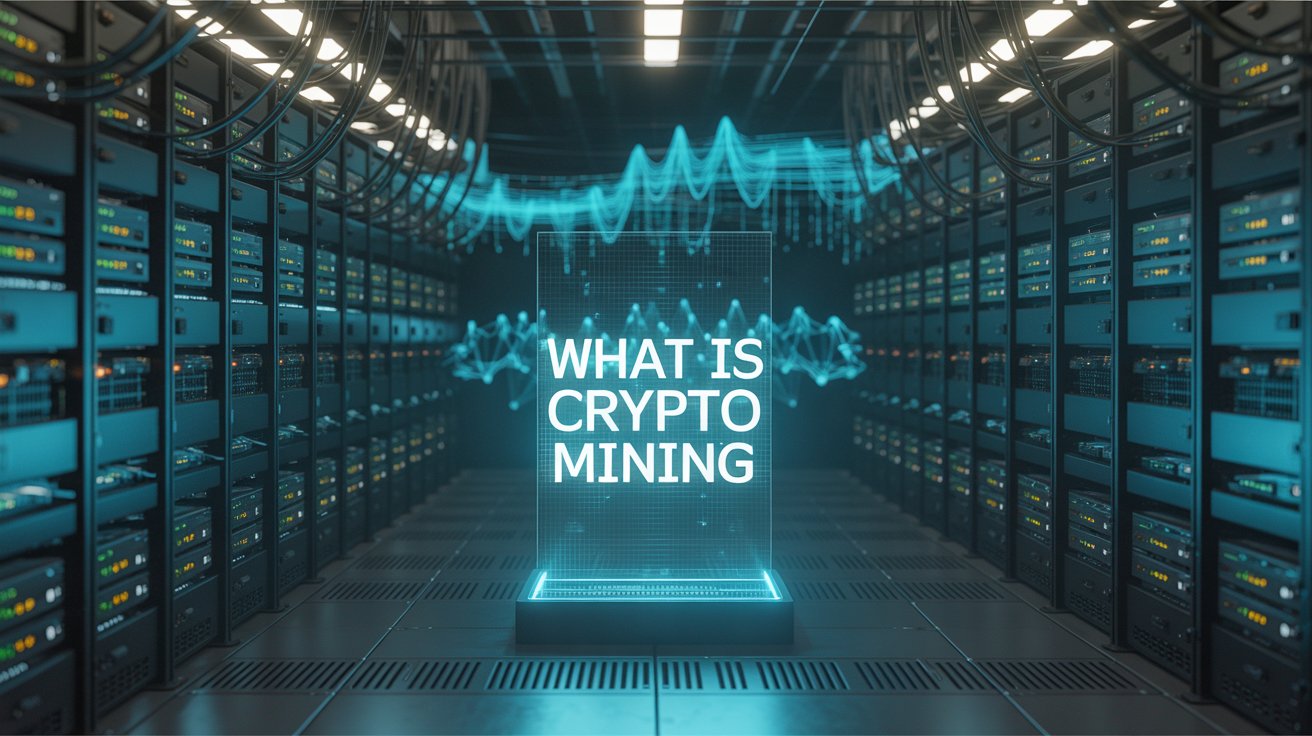
Crypto Mining: Wealth and Challenges in the Creation of Digital “Gold”
In just a few years, terms like Bitcoin, hashrate, and blockchain have entered everyday conversations—from street corners to boardrooms. Yet, many still wonder how coins are added and why powerful computers are needed to make it happen. This is where crypto mining comes in—a complex process that powers and secures decentralized currencies. Whether you’re an entrepreneur, software developer, or an online buyer curious about the origins of digital assets, this topic can help you better understand today’s fast-moving global economy.
Quick Overview
Crypto mining creates new coins while keeping transaction records tamper-proof. To do this, it needs specialized hardware, reliable software, and affordable, clean electricity.
There’s increasing concern about its environmental effects. Solutions like geothermal, wind, and hydro energy are helping reduce carbon emissions. Due to shifting coin prices and changing rules, it’s vital to assess risks before getting involved.
The Rise of a New Industry
Back in 2009, a person (or group) known as Satoshi Nakamoto launched Bitcoin. In the early days, mining could be done with a regular desktop PC. Few tried it since the coin had little value. As its price climbed, so did competition. CPUs gave way to GPUs, then FPGAs, and eventually to ASICs—machines built solely to calculate SHA-256 hashes until the correct nonce is found. Over 15 years, mining evolved from bedroom setups to massive data centers operated by firms from Texas to Kazakhstan.
Understanding Blockchain and Proof-of-Work
To grasp mining, imagine a chain of transaction records. Each block is like a page—once written, it cannot be secretly changed since a new one immediately follows. The miner acts as a volunteer signatory, spending electricity to guess the correct number that meets a difficulty target. Once successful, the block is added, transactions are recorded, and the miner receives a reward. Because forging a block is so costly, the network becomes resistant to fraud.
Comparing Proof-of-Work and Proof-of-Stake
As Bitcoin grew, new coins appeared with varying goals—faster confirmation, stronger privacy, or lower energy usage. Many of them shifted to Proof-of-Stake (PoS) to reduce electricity consumption. In PoS, trust is built not through machine power but by locking up one’s own coins. Still, Proof-of-Work (PoW) remains vital since it ties digital assets to real-world energy use. Bitcoin and some altcoins continue to rely on PoW, keeping miners relevant in the digital financial space.
Electricity Costs and Energy Demand
According to the Cambridge Bitcoin Electricity Consumption Index, the Bitcoin network consumes around 110–130 TWh annually—similar to the power use of a small country. This has drawn attention from environmental groups. Fortunately, clean energy solutions are expanding. In Canada, some farms use hydro surplus from Québec waterfalls. In Iceland, miners harness geothermal heat. In Texas, excess wind and solar power is absorbed by miners, who pause operations when the grid needs power, supporting local energy stability.
Essential Mining Equipment
The core of every rig is the ASIC. The latest Antminer S21, for example, runs at about 200 TH/s while using 3,700 watts. It must be paired with a high-efficiency power supply to minimize waste heat. A strong internet connection is crucial too—every second offline is lost potential income. Large-scale farms often use container setups with liquid cooling and advanced monitoring systems. Aside from physical tools, firmware, mining software, and pools with transparent fee structures are also required.
Risks and Responsibilities
Mining isn’t an easy venture. The price of coins is highly volatile. In 2021, Bitcoin peaked at USD 60,000, fell to USD 20,000 in 2022, and surged again in 2024. Anyone entering the field must have a clear return-on-investment strategy. Regulations are also getting stricter. The European Union proposed MiCA to standardize reporting and limit carbon emissions. Some countries ban mining, while others offer tax benefits if 100% renewable energy is used. Noise, heat, and electronic waste also need attention—overlooked by beginners but significant for local communities.
Global Mining Landscape
Much of the hashrate once came from Asia, particularly China and Mongolia. When Beijing shut down major farms in 2021, operations shifted to the United States, Russia, and Canada. In Latin America, companies utilize hydro surpluses from Paraguay and Costa Rica. The cold climate of the Nordic region also created chances for passive cooling without added energy costs. A wider distribution of hash power reduces centralization and allows countries with excess electricity to benefit economically.
Opportunities for Individuals and Companies
There are several ways to get involved. If you just want to try it out, cloud services offer small hash power contracts—but beware of scams disguised as “cloud mining.” If you have space and low-cost electricity, you can set up a rig with two or three ASICs and connect to a pool like Foundry USA or ViaBTC. For larger businesses, there are models that reuse heat for greenhouses, district heating, or industrial drying. Both sides benefit—carbon emissions drop, and additional income is generated.
Block Reward Halvings and Their Impact
Every 210,000 blocks, the mining reward gets cut in half. Known as halving, this occurs roughly every four years. The most recent one happened in 2024, reducing the reward from 6.25 to 3.125 BTC per block. These events often pressure small miners. If coin prices are high, they survive; if low, they may shut down or move to cooler locations. Historical data suggests price increases after each halving, though this isn’t guaranteed.
Solo Mining and Pool Mining
There are two main ways to participate. Solo mining means competing directly for the full reward. It may take months to find a block, but if you do, you get the entire payout. On the flip side, pool mining combines the power of thousands of participants and shares the earnings based on contribution. The payouts are smaller per share but more consistent—often daily. Just make sure the pool operator is reliable and has a clear fee system.
Pros and Cons
- Pros
1. Potential for large rewards if coin prices rise.
2. Direct contribution to network security and stability.
3. Heat reuse can benefit agriculture or industry.
4. Creates value from excess renewable energy that otherwise goes unused. - Cons
1. High upfront costs for hardware and ongoing electricity bills.
2. Unstable earnings due to market fluctuations and difficulty changes.
3. Regular upgrades are needed to stay competitive.
4. Regulatory and environmental shifts can affect operations.
The Road Ahead for Crypto Mining
In the next decade, two key trends may shape the industry. First, chipmakers are improving efficiency—3-nanometer tech reduces energy use while boosting performance. Second, hybrid models are emerging where mining containers act as backup loads for large solar or wind farms. They mine during energy surpluses and shut down when power is needed elsewhere. This shift turns mining into a power grid asset instead of a burden.
Effect on the Global Economy
Mining contributes more than just new coins. Each solved hash strengthens the public ledger, even without a central bank. As a result, more companies are confident in accepting crypto as payment. Economists also see mining as a way to connect clean energy with digital finance. Power from remote hydro plants or desert wind farms can now be sold instead of wasted.
Key Takeaway: Crypto mining is a complex yet valuable part of the world economy. Despite its risks, it offers new approaches to finance and energy use. With the right knowledge, discipline, and responsible practices, it can be a worthwhile experience and a path to tomorrow’s digital assets.


No Comments